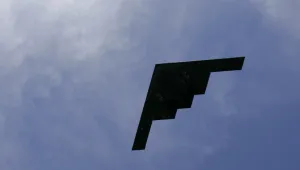International Security is America's leading peer-reviewed journal of security affairs.
Summary
Realist scholars have long debated the question of how much power states need to feel secure. Offensive realists claim that states should constantly seek to increase their power. Defensive realists argue that accumulating too much power can be self-defeating. Proponents of hegemonic stability theory contend that the accumulation of capabilities in one state can exert a stabilizing effect on the system. The three schools describe different points along the power continuum. When a state is weak, accumulating power increases its security. This is approximately the situation described by offensive realists. A state that continues to accumulate capabilities will eventually triggers a balancing reaction that puts its security at risk. This scenario accords with defensive realist assumptions. Finally, when the state becomes too powerful to balance, its opponents bandwagon with it, and the state’s security begins to increase again. This is the situation described by hegemonic stability theory. These three stages delineate a modified parabolic relationship between power and security. As a state moves along the power continuum, its security increases up to a point, then decreases, and finally increases again. This modified parabolic relationship allows scholars to synthesize previous realist theories into a single framework.
Fiammenghi, Davide. “The Security Curve and the Structure of International Politics: A Neorealist Synthesis.” Spring 2011
The full text of this publication is available in the link below.



